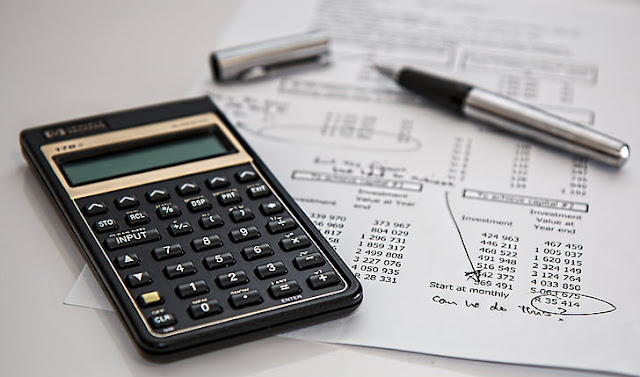A business has to face several known and unknown contingencies and losses. There may be, for example, a decline in profits or occurring of losses, needs for replacing assets, rise and fall in the value of assets, fluctuations in price and exchange rates, and change in fashion and technology.

These contingencies may adversely affect the survival and growth of the business if they are not properly met. In order to meet such contingencies and losses, therefore, the business may create and maintain different types of reserves and provisions. The concepts of reserves and provisions are particularly important for their accounting treatment.
Definition of Reserve
Reserve is a portion of profit or gains collected to increase assets, pay bonuses, pay an expected legal settlement, pay for repairs & maintenance, and pay off debt.
Meaning of Reserve
A reserve is a part of the profit set aside to meet future contingencies and losses. Usually, the whole amount of profit earned by the business is not distributed to the owners or shareholders. A part of it is thus retained in the business either for meeting its unexpected future liabilities and losses or for strengthening its financial position. It can be created for redeeming liabilities or replacing depreciable assets or declaring a uniform rate of dividends over the years. It is created out of the profit only. If there is no profit in a particular year, no reserve can be created that year. It is created by debiting the profit and loss appropriation account. It does not reduce and figure of net profit because it is created after determining it. The reserve, therefore, reduces only the figure of divisible profit. Since it belongs to the owners and shareholders, it is distributed to the shareholders, if it is no longer required.
Objective of Reserve
The main objectives of creating a reserve are as follows:
1. To meet unexpected future losses, liabilities, and contingencies.
2. To strengthen the financial position of the business.
3. To redeem debentures, preference share, and other loans and liabilities.
4. To replace wasting or depreciating assets.
5. To declare and distribute the uniform rate of dividends over years.
6. To meet the need for funds from internal sources.
7. To provide additional working capital and to improve the working capacity of the business.
A reserve is a portion of the porfit set aside to meet contingencies and to make business financially strong. It is created by chareging against the profit and loss appropriation accont.




